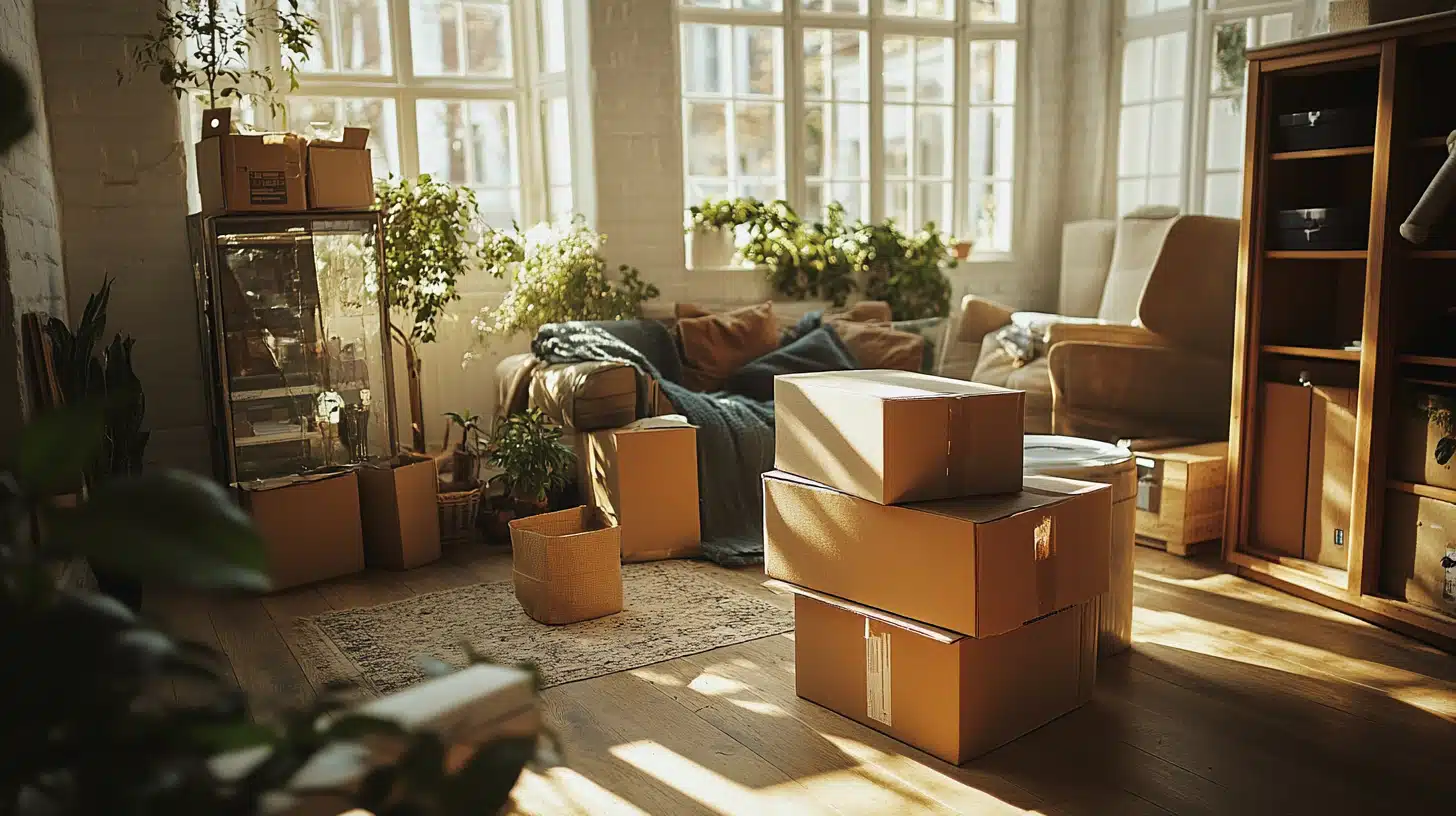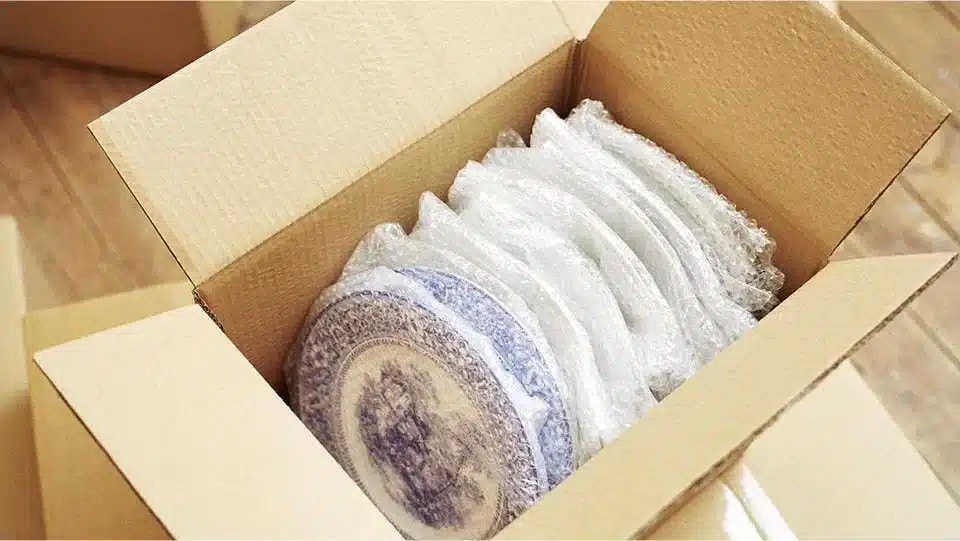
If you are moving home, particularly to an interstate location, one of the biggest challenges you will face is how you will transfer your most fragile items without breaking them.
Sometimes, these items have a high monetary worth, such as a piece of artwork or a decorative crystal chandelier. However, other times, they carry more sentimental value, like the piano that your parents bought you when you were younger or the heirloom dining table that has been passed down through the generations.
You’ve no doubt heard horror stories of people breaking expensive television sets or vases during a move due to a mix of poor planning, recklessness, and general negligence.
So, if you want to ensure your prized possessions remain in mint condition, you’ll need to be aware of how to safely transport them from your old property to your new one.
With that in mind, if you are planning on moving home in the near future, here are five tips you should take on board.
1. Call in the Professionals

Although their services will come at a cost, your primary option when looking to move fragile items should always be to engage the services of a professional company, such as interstate removalists from Muval.
These types of businesses are experts at transporting even the most delicate and easily broken of goods over long distances. They offer a full suite of services that includes everything from packing and transporting your possessions to unpacking and disposing of the rubbish, often incorporating rubbish removal services to ensure a clean and hassle-free move.
The great thing about professional removalists is that they can take care of all the work for you, which not only makes the process much easier to manage but also a lot less stressful.
Here is our complete guide for hiring one.
2. Get the Right Packaging Materials
If you would rather do the packing yourself, you will need to make sure you protect all of your items from the potential damage that might occur during transit.
To do this, it is important to source the proper packing materials, which should include the following:
- Various sizes of boxes to hold everything from ornate trinkets to large TVs
- Styrofoam
- Bubble Wrap
- Loosefill (aka packing peanuts)
- Blankets
- Markers
- Labels marked ‘fragile’
- Box cutters
- Newspapers
To further safeguard your items, you can also wrap them in old clothing items, towels, and bedsheets.
3. Pack Your Fragile Items Properly

Once you have assembled the right packaging materials you will need to make sure you pack your fragile items properly into the moving boxes.
How you do this will really depend on how fragile the items are. But here are a few tips you should employ for some of your possessions.
Glassware
All of your glassware should be wrapped individually with packing or newspaper and then placed sideways inside your box. To make sure they don’t keep hitting each other, you should space them out with loosefill.
Plates
It is a good idea to wrap old newspapers around each plate and vertically stack them in groups of five in the box. For added safety, add crumpled paper as a cushion on all sides of the box.
Lamps
When packing lamps, you should first remove the stand, shade, and bulb if possible. Wrap the stand and shade separately in newspaper and the bulb in bubble wrap and store the latter two separately from the heavier former.
TVs and monitors
For these pieces of equipment, it is important to arrange the cables together with a zip tie, as this will prevent them from potentially scratching or breaking the screen.
You should then wrap a thick moving blanket completely around each of them and ideally put them in their original boxes – otherwise, larger boxes that will fit them.
Never put the TV down flat on its front or back, as this will expedite the risk of damage occurring during the transportation process.
Electronic Devices
All electronic devices should be individually and completely covered in bubble wrap and, again, if possible, put in their original boxes. If you don’t have them, put them in an appropriately sized box full of loosefill.
4. Properly Label the Moving Boxes as Fragile
Once you have packed your boxes, it is important to label them as fragile because unless you are transporting them yourself, the person carrying the box will have no idea what is inside them.
If a box is marked as fragile, people will naturally take more care to protect its contents and won’t, for instance, stack heavier boxes on top of them.
Typically, these types of labels or stickers come in bright colours and can be quite large. Just make sure you put them on multiple sides of each box to make people aware of their delicate nature.
5. Don’t Rush the Process
You will naturally be keen to pack your fragile possessions as quickly as possible. However, it is important not to rush the process, as you will make mistakes.
Focusing on doing it properly will make you less prone to making an error of judgment or act of carelessness. Both of which can either put you or one of your valuable possessions at risk of harm.
It is important to adopt a strategic approach to wrapping your fragile items and giving yourself as much time as possible before moving day to do it.
When you arrive at your new home, you’ll want to ensure all your possessions arrive intact. So, it pays to execute the wrapping and packing process as assuredly as possible.

